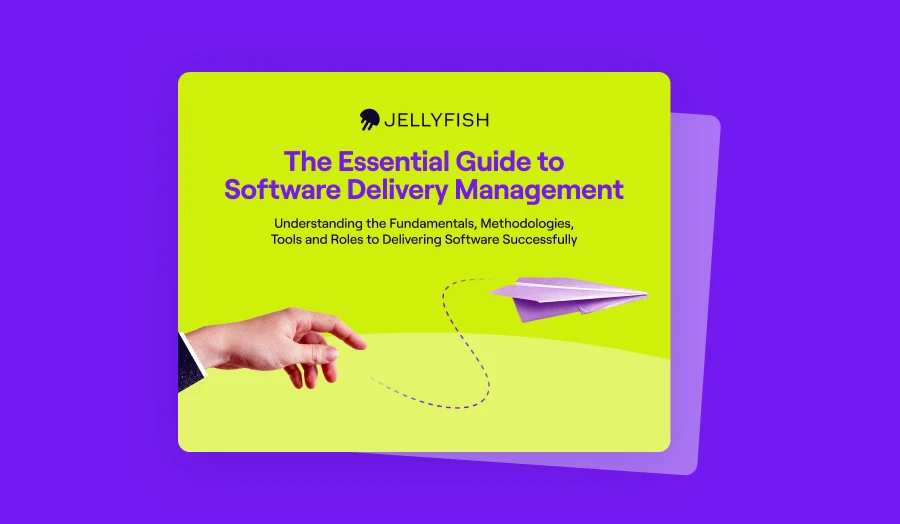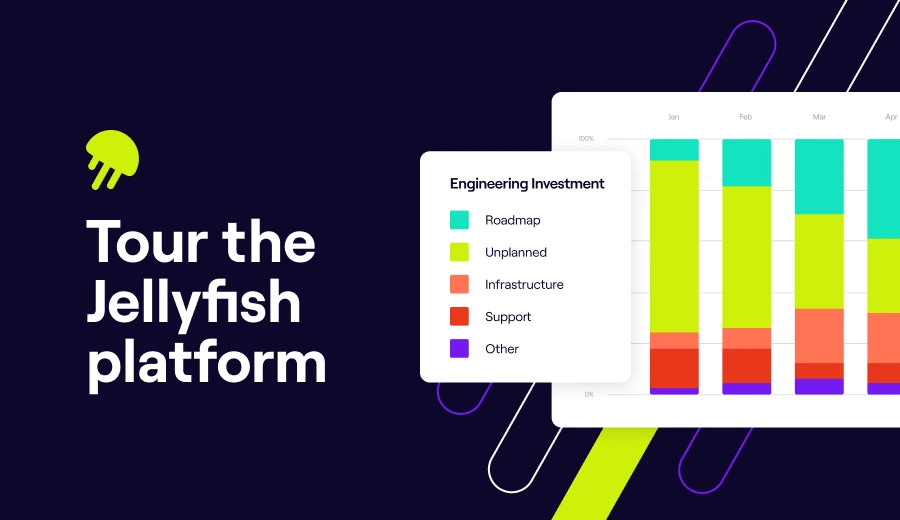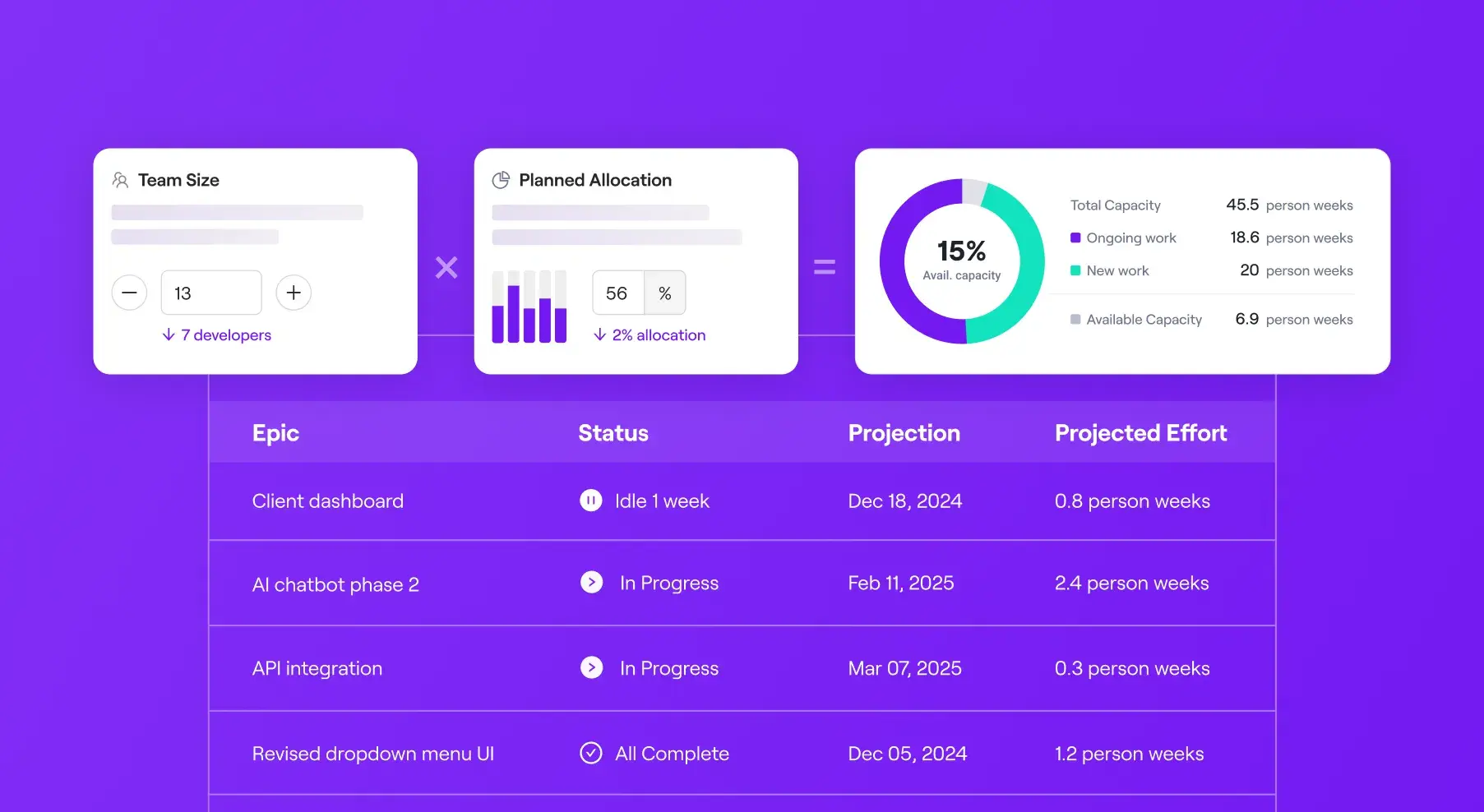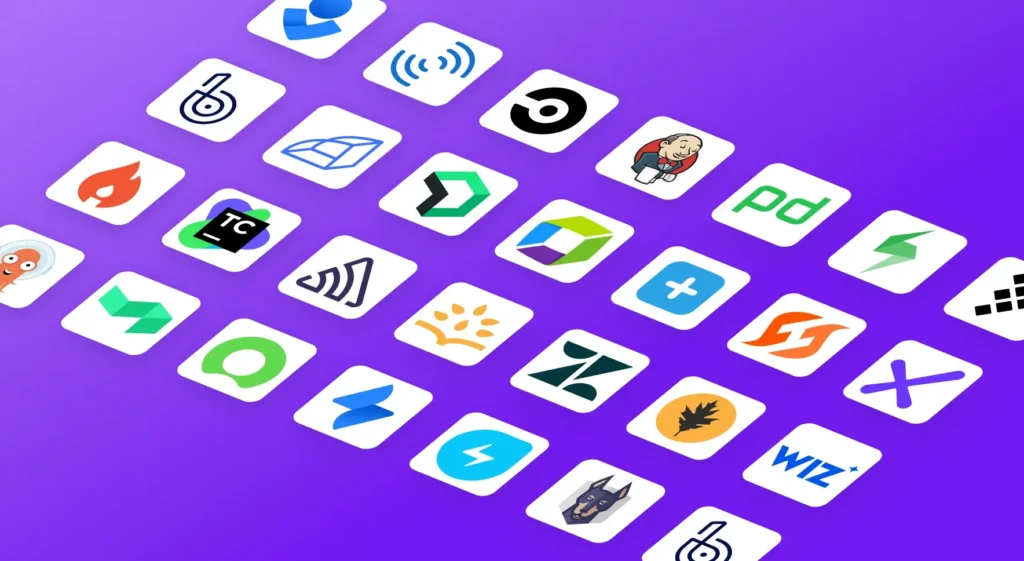Engineering capacity planning is a critical activity that helps you deliver work on time, yet many teams still struggle to get it right. In our recent webinar, we asked attendees how they currently forecast team capacity. 55% said they rely on manual calculations and spreadsheets, 33% lean on project management tools alongside spreadsheets, and 11% don’t forecast capacity at all.
It’s no surprise then that over 80% of respondents reported facing the same recurring challenges:
- Overcommitting and missing deadlines
- Forecasting workload accurately
- Adapting to shifting priorities
If this sounds familiar, it’s clear from our data that you’re not alone. To help, we’re going to break down the six ingredients that make capacity planning a success so you can plan smarter, deliver more predictably, and adapt with confidence.
6 Ingredients for Successful Capacity Planning
6 Ingredients for Successful Capacity Planning
- Know what you’re planning for. What are the outcomes and by when?
- Build delivery plans with granularity. Provide scope change options.
- Lean on what you know to estimate. Look to past work as a model and engage experts on your teams.
- Be realistic about surprises. Your teams will be asked to work on other things.
- The mythical engineer month: Be clear-eyed about the impact of headcount changes.
- Know the trade-offs. Build more than one credible plan for your stakeholders.

Essential Guide to Software Delivery Management
Download the Guide1. Know what you’re planning for. What are the outcomes and by when?
1. Know what you’re planning for. What are the outcomes and by when?
Capacity planning usually starts with a question like: “What can we accomplish in Q2?” A lot of plans fall down right at the gate by thinking that “What we want to accomplish” is completing the feature backlog that the product manager has laid out in Jira. This is the classic trap of focusing on output over outcomes. An output focus sees success as delivery of a fixed scope regardless of the business outcome achieved.
Starting from the question, “What outcome do we need to deliver for the business?” levels up the thinking and provides opportunities to prioritize the work that provides the most value. Once that outcome is clear you can move on to describing the work needed to achieve it.
2. Build delivery plans with granularity. Provide scope change options.
2. Build delivery plans with granularity. Provide scope change options.
Think about building out your project plan in a granular way that’s driven by obtaining incremental value. In other words, the plan should allow you to answer the question “What could we build that gets us 80% of the outcome we want?” Then “What gets us the next 10%?” and so forth.
What you’re doing here is building optionality into the plan. This is going to set you up for better prioritization discussions with your stakeholders. They may have different opinions in terms of priority, but those opinions might change when they understand the level of investment in people or time that’s required to unlock the value. That back and forth helps build alignment and buy-in across the board.
Next, it’s time to figure out the effort required. Here, it’s worth owning up front that if you’re doing any kind of Agile work, you’ll rarely have high fidelity estimates so you’ll need to be comfortable with a rough order of magnitude.
3. Lean on what you know to estimate. Look to past work as a model and engage experts on your teams.
3. Lean on what you know to estimate. Look to past work as a model and engage experts on your teams.
There are a number of ways to inform an estimate. If you’ve completed a similar project, start with that as a model. Break the project down along features that you could deliver discretely and use the actual effort required to build them to inform what you’d expect to invest in the new feature. Be sure to identify what was different from what you’re doing now and how that could impact your investment. Remember, this is an order of magnitude estimate you’re going for so don’t get overly granular trying to break things down.
If it’s something net-new, pick one or two of your most experienced engineers to collaborate with. Work with them to break the project down into deliverables that you can reason about and estimate. If there are risky “known unknowns” in your sights, make the time before capacity planning starts to run a few investigatory development spikes to understand the work better.
You’ll also need to determine the answer to the question: “Are we depending on another team?” If the answer is “yes” you need to determine the coordination tax and find out if the other team will be ready on your project’s timeline before you make any commitments on dates.
4. Be realistic about surprises. Your teams will be asked to work on other things.
4. Be realistic about surprises. Your teams will be asked to work on other things.
The thing that almost everyone getting started with capacity planning (and even many people who’ve done it before) misses is focus! Most estimates fall flat because in the vacuum of the exercise everyone forgets about support and KTLO costs. So ask, “What is the blend of the team’s work over the past quarter?” and use that to inform your plan.
Also consider ongoing roadmap work. How much of that bleeds into the period you’re planning for? What does it look like for that existing work to ramp down while the new work starts up?
5. The mythical engineer month: Be clear-eyed about the impact of headcount changes.
5. The mythical engineer month: Be clear-eyed about the impact of headcount changes.
Having the right resources is another variable critical to capacity planning. If both time period and amount / type of work is fixed, we need to experiment with a third variable: headcount. When adding engineers to your efforts, ask questions like:
- What skills do we need?
- How decomposable is the work?
- Do we have the engineers already (if so what tradeoffs are we making and with who) and if not,
- How long will it take us to hire and ramp the required engineers?
The decomposability of the work is going to help you find your way to how many people you can add. While there might not be a magic formula, it’s important to resist the temptation to just enter some multiple of the number of engineers you actually have to make your plan work. Instead, be realistic about how successful you’ll be in onboarding engineers in a short period of time. And let’s be honest, your CFO is probably going to put any grand hiring plans you might have in check.
The other scenario to consider here is making capacity plans after a reduction in staff and the gotcha of support load. Inbound support work (your KTLO/customer allocations) isn’t going to go down by ¼ even though you cut your team by 25%. You may be able to lean on stricter prioritization of inbound support requests but be realistic about how much you’ll be able to say no to when you’re making that capacity plan. The conservative approach is to assume you’ll continue to get the same rate of unplanned work. If 20% of your team’s capacity was spent on KTLO and Customer allocations and the team is being halved then plan for that number going to 40%.
6. Know the trade-offs. Build more than one credible plan for your stakeholders.
6. Know the trade-offs. Build more than one credible plan for your stakeholders.
Finally, to be truly successful with capacity planning, you need to remember you’re building the plan to drive a conversation with your stakeholders. Those stakeholders are going to be looking for options, not your one and only plan.
As you’re building out the plan, keep track of the assumptions and tradeoffs you’re making and be prepared to share them as you present the plan along with some alternatives. You’ll have more success advocating for the plan you have the most confidence in if you show the completeness of your thinking and bring your stakeholders along with you.
And lastly, as a rule of thumb, ensure any plan you make has ~10% capacity left to allow for some buffer.
Happy planning!
Get Started with Capacity Planning from Jellyfish
Accurately forecast capacity for upcoming quarters and achieve realistic delivery timelines. Learn more about Capacity Planning and get a demo here.

Interested in learning more about Jellyfish?
See how Jellyfish helps data-driven engineering teams ship better software faster and focus on what matters most to the business.
Tour the ProductAbout the author






